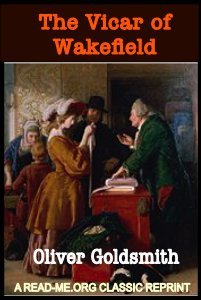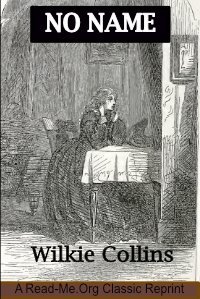by Robert Louis Stevenson (Author), Colin Heston (Editor)
Volume VII of the Swanston Edition of "The Works of Robert Louis Stevenson" continues to present a diverse collection of Stevenson's literary output. This volume typically includes a mix of his essays, short stories, and other writings, reflecting his wide-ranging interests and talents. The lead piece, "Prince Otto", was first published in 1885. The story is set in the fictional Germanic principality of Grünewald and follows the titular character, Prince Otto Johann Friedrich. Otto is a well-meaning but somewhat ineffectual ruler, whose reign is marked by political intrigue and personal dilemmas. The novel explores themes of power, responsibility, and personal growth as Otto grapples with his duties as a prince and his relationships with those around him, including his wife, Princess Seraphina, and his scheming ministers. "Prince Otto" is notable for its blend of romance, adventure, and political satire, showcasing Stevenson's versatility as a writer.
This volume has been carefully edited and redesigned by Colin Heston, renowned novelist and story writer, to make the book more comprehensible to the present-day reader.



















